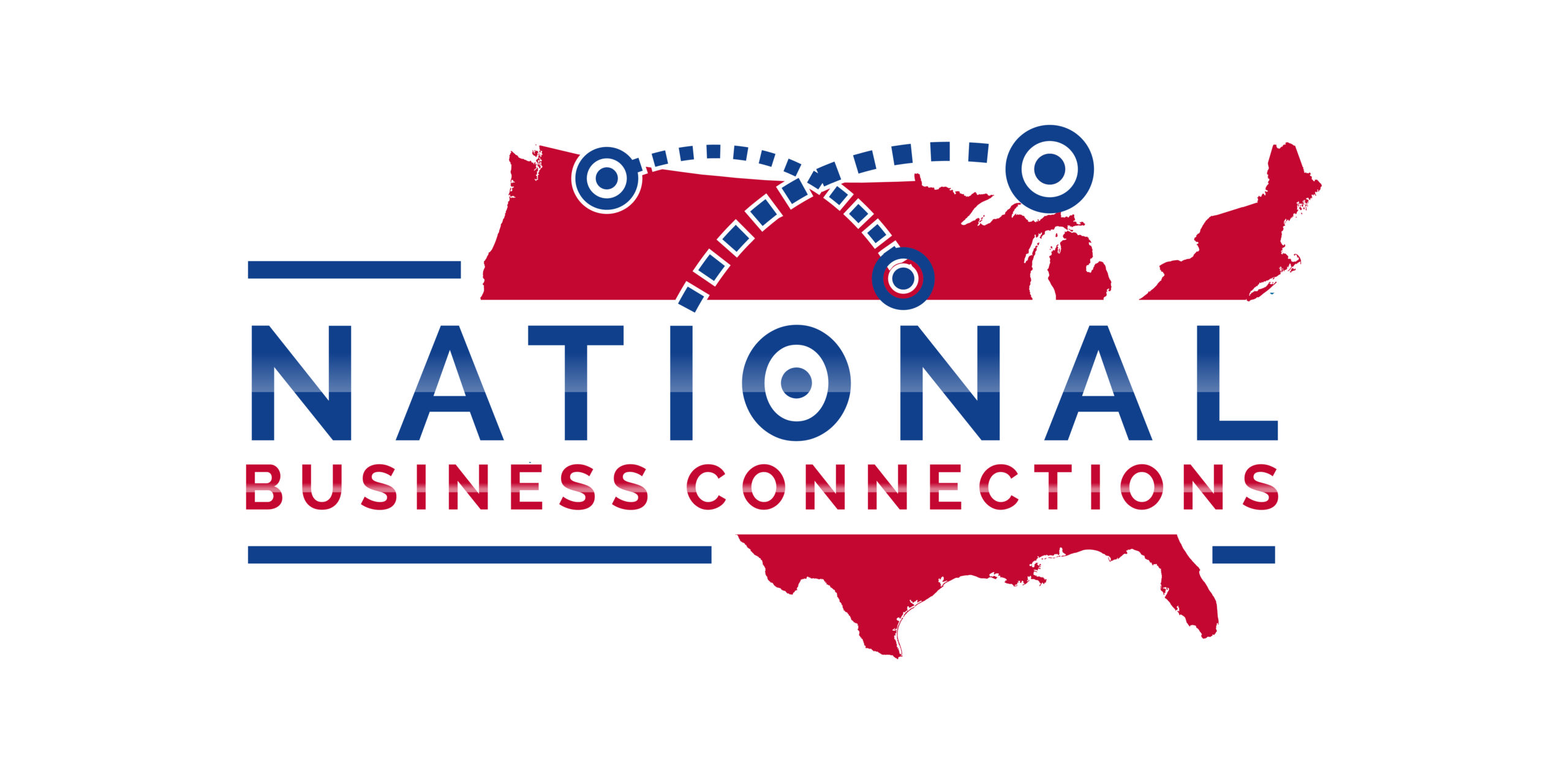5 Steps to Benchmark for Success After One Year of Business
If you’re nearing the one year mark of owning your own business, you’ve got a lot to celebrate!
No matter how much of a profit you’ve made or whether or not you’ve met every single goal you had, you’ve done something big.
According to the U.S. Bureau of Labor Statistics, about twenty percent of business startups fail in the first year – so you’ve really accomplished something!
So now you probably want to know how you can keep things going.
The first anniversary of your business is a great time to take stock of what’s going well – and not so well.
What is Benchmarking?
Benchmarking means measuring your performance against that of a competitor in the same market.
You’ll measure and compare key metrics, including the obvious ones like revenue, profit and production numbers, and others like the (equally important) customer satisfaction and churn rates.
This way, you can see how you stack up against the competition – and how you can improve and swipe a greater part of the market.
Why Does It Matter?
Benchmarking will give you a better idea of your performance and your potential, as well as insight into what the competition is doing.
You might know what your profits are, but are they good?
You won’t really know unless you compare it to another business’ profits – a benchmark.
Benchmarking allows you to identify your strengths and weaknesses, understand your customers’ needs better, prioritize what you need to work on most, and to set performance goals.
Benchmarking also helps you to identify your critical success factors (CSFs) – those aspects that are indispensable to your success.
Identifying your CSFs can help you to stay focused on what’s important.
How to Benchmark
What Should You Be Measuring?
What you should be measuring can depend on your business, but common metrics include:
- Customer retention
- Customer engagement
- Social media reach and engagement
- Productivity
- Customer satisfaction
- Sales
- Expenses
- Revenue
- Profit
The Benchmarking Process
Step One: Identify and Measure
Identify the metric or metrics you want to measure.
Next, determine what processes your company uses to achieve the current level of performance.
Finally, identify competitors that are doing better than you in that category.
Step Two: Research Your Competitors
Find out what your competitors are doing that allows them to perform better than your company.
Publicly held companies are required to file reports with the U.S. Securities Exchange Commission (SEC), so you can find operational and financial information for those entities by searching the SEC website.
You can also find out what other companies are up to by looking into other industry reports, like those from the Environmental Protection Agency (EPA), the Patent and Trademark Office, and local planning commissions.
Other methods include interviewing the competitor’s employees or customers, if possible, and analyzing their website, SEO strategy, and social media performance.
Step Three: Compare Your Processes to the Competitors’
Figure out where your processes differ, and where you may be lacking.
What are the differences that are resulting in your lower performance?
Step Four: Make Adjustments as Necessary
Using what you’ve discovered, adjust and revise your processes as necessary.
By figuring out what the competition is doing to out-perform you, you can make the necessary changes and improve your own execution.
Step Five: Keep Re-Measuring and Re-Adjusting
Keep tracking your business’ performance and benchmarking it against that of your competition over time.
This puts you on the track to consistently matching or going beyond the best practice benchmarks of your industry.
Grow Your Skills, Amplify Your Business
How do the other 80% of businesses keep going?
Growth.
As a business owner, you should always be aiming for growth.
It’s the difference between your business thriving, versus just surviving.
If you’re ready to grow, consider joining National Business Connections today.
We’re a network of entrepreneurs and business leaders who are serious about creating authentic and meaningful connections – and we exist solely to provide high-quality resources, encouragement, opportunities and support that will guide our members on their business journey.
